
Upon reaching the stratosphere, the layer of the atmosphere above the one in which we live, water vapor acts as a potent greenhouse gas and destroys the protective ozone.
"Small changes in the humidity of the stratosphere are important for climate," said Eric Jensen, lead study author and a scientist at NASA's Ames Research Center in Moffett Field, Calif.
Where the water goes
Because it's difficult to measure, scientists have been unsure how much water passes from the troposphere, the layer of Earth's atmosphere we breathe, into the stratosphere (which runs from about 6 to 31 miles, or 10 to 50 kilometers, above Earth's surface), Jensen said. At the boundary between the two zones, called the tropopause, the air is minus 120 degrees Fahrenheit (minus 90 degrees Celsius).
Researchers suspected water vapor rising into the tropopause would freeze and fall out in wispy cirrus clouds made entirely of ice crystals. In essence, they thought that the tropopause was a cold trap for water, keeping the vapor out of the stratosphere.
"That turned out to be a bit of an over-simplification," Jensen told OurAmazingPlanet.
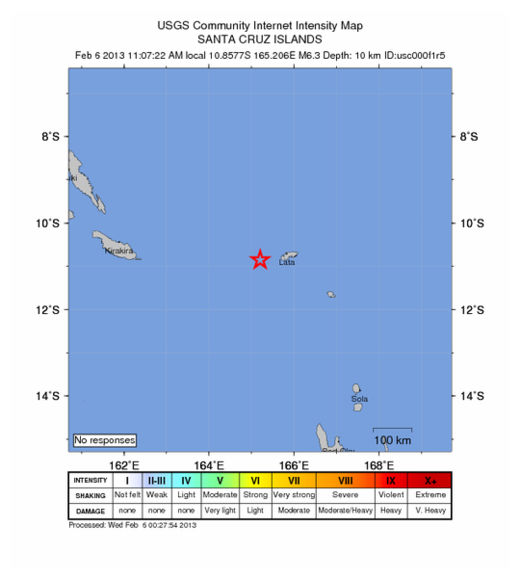
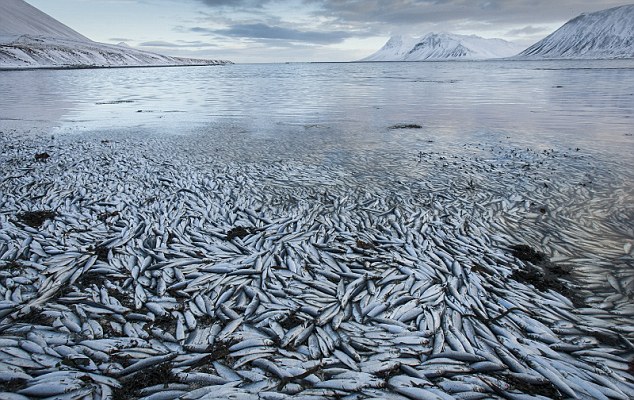
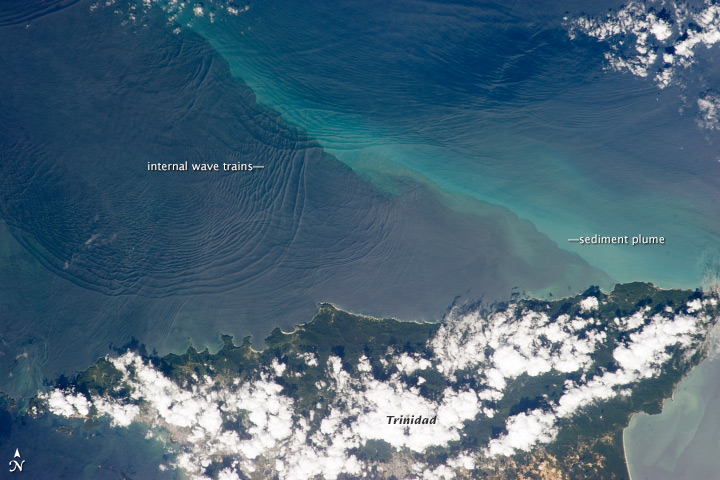

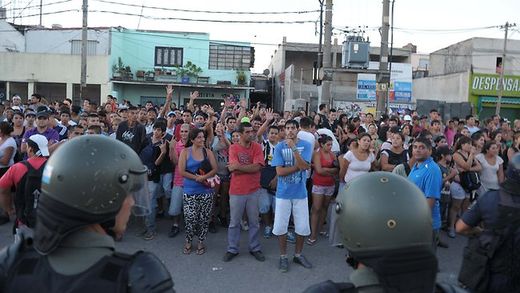

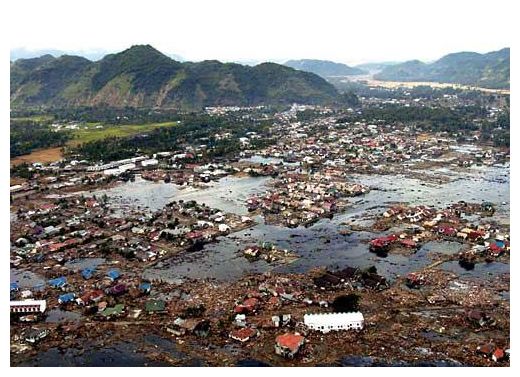




Comment: Supermarket looting spreads in Argentina